Black and white conversion is a mysterious process. There are many ways to do it and none is objectively any better than any other for every photo. So, these are guidelines, really, in the spirit of a recipe. But unlike following a recipe for baking a cake, we are not all trying to create the same photo. Keep in mind that every photo is different and will require slightly different values for any image editing technique.
Here’s a photo I took on a hike recently with my kids:
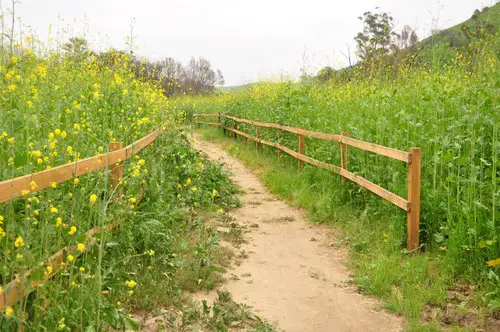
To compare with the channel mixer conversions below, first I’ll show the results from a simple average color desaturation. This is a simple conversion, it’s fast, and it’s very easy to do. In Photoshop it’s Image | Adjustments | Desaturate. In GIMP it’s Color | Desaturate.
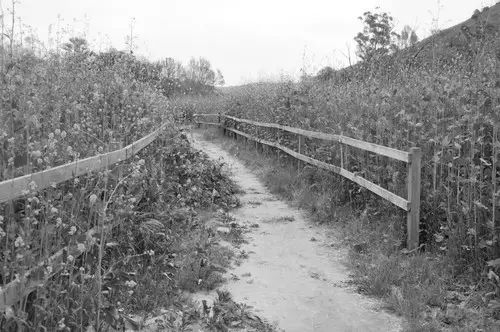
Many people, myself included, feel that this method often results in lifeless photos. If you’re going to convert this way, you’ll be doing yourself a favor if you also boost the contrast after the fact:
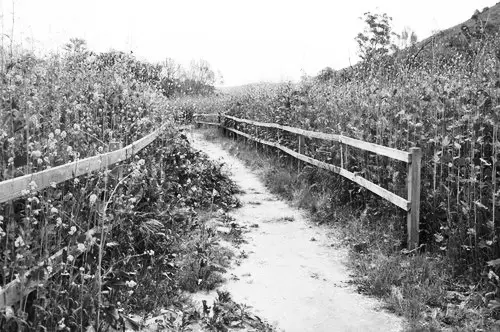
I think the simplicity of just desaturating a photo and boosting the contrast has a lot of appeal.
… Continue reading Black and White Conversion: Channel Mixer Recipes



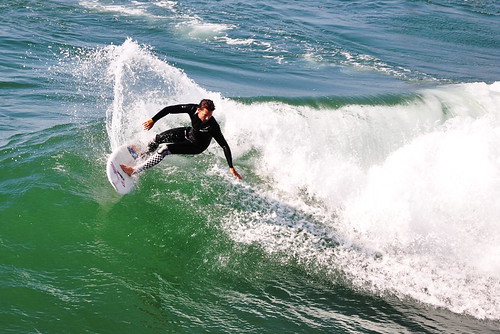
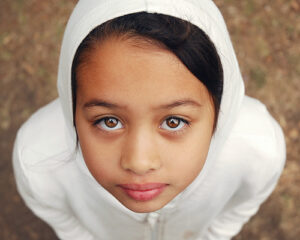
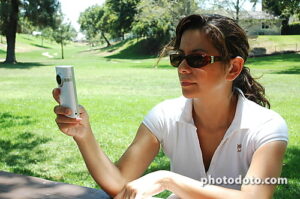
 There has been a lot of discussion and a lot of fear among photographers regarding potential orphan works legislation.
There has been a lot of discussion and a lot of fear among photographers regarding potential orphan works legislation.






